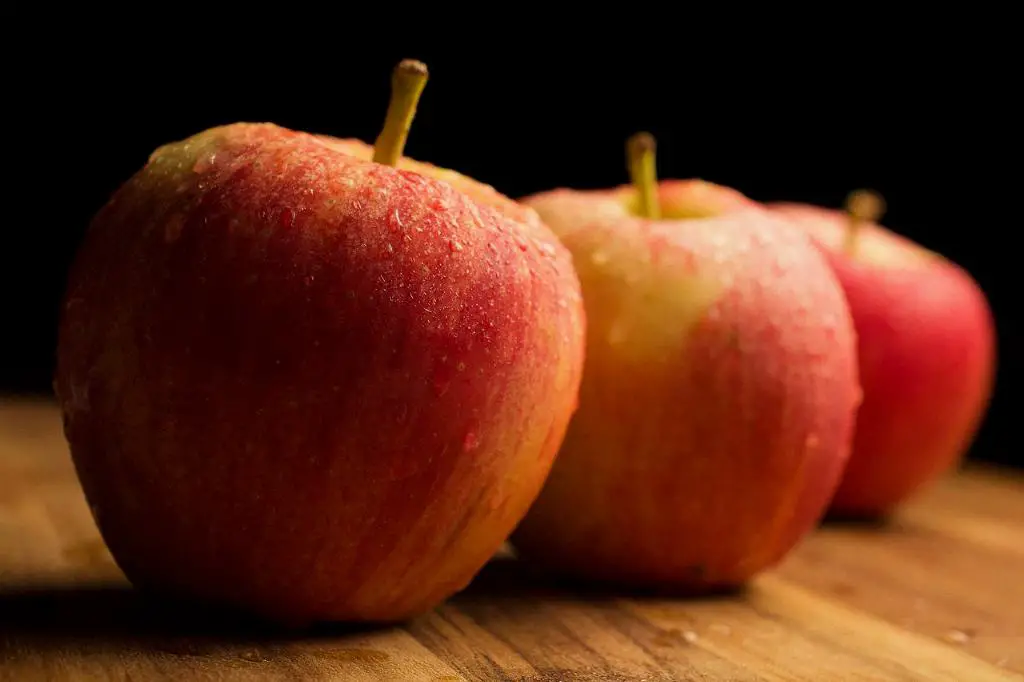Have you ever wondered what happens when you mix vinegar and baking soda together? The answer may surprise you! When these two common household ingredients are combined, a chemical reaction occurs, resulting in a fascinating and potentially useful phenomenon.
The Chemical Reaction
When vinegar and baking soda are mixed, a chemical reaction takes place. This reaction can be summarized by the following equation: sodium bicarbonate (baking soda) + acetic acid (vinegar) → carbon dioxide + water + sodium acetate. In simpler terms, the vinegar and baking soda react to produce carbon dioxide gas, water, and sodium acetate.
The Foaming Process
One of the most noticeable effects of this chemical reaction is the rapid foaming that occurs. As soon as the vinegar comes into contact with the baking soda, carbon dioxide gas is released in the form of bubbles. This foaming is the result of the carbon dioxide escaping from the solution.
Disappearance of Baking Soda
If enough vinegar is used, all of the baking soda can be made to react and disappear into the vinegar solution. This disappearing act can be quite fascinating to observe, as the solid baking soda seemingly vanishes into thin air. However, in reality, it is simply transforming into different chemical compounds.
Formation of Carbon Dioxide
The release of carbon dioxide gas is a key aspect of the reaction between vinegar and baking soda. This gas is responsible for the majority of the foaming and bubbling that occurs. The carbon dioxide is formed when the acetic acid in the vinegar reacts with the sodium bicarbonate in the baking soda. The resulting gas is released as bubbles in the solution.
Effect on pH
Another interesting aspect of mixing vinegar and baking soda is the effect it has on pH levels. Vinegar is an acid, whereas baking soda is a base. When mixed together, they undergo a neutralization reaction, meaning they counteract each other’s pH levels. The resulting solution is often closer to neutral, depending on the amounts of vinegar and baking soda used.
Potential Practical Uses
The reaction between vinegar and baking soda has various practical uses. For instance, the foaming and bubbling action can be harnessed for cleaning purposes. The mixture can be used to remove stains, unclog drains, or even clean silverware and jewelry. Additionally, the release of carbon dioxide gas can be useful in certain baking recipes, providing a light and airy texture in baked goods.
Demonstration and Educational Tool
The reaction between vinegar and baking soda is a popular demonstration in science classrooms. It serves as an excellent educational tool to teach students about chemical reactions, acids and bases, and the production of gases. The visual aspects of this reaction make it engaging and captivating, allowing students to witness firsthand the concept of chemical change.
Experimentation and Variations
One of the great things about the vinegar and baking soda reaction is its versatility. You can experiment with different ratios of vinegar and baking soda to observe how it affects the intensity of the foaming or the reaction time. You can also add food coloring to the mixture to make it visually appealing. These variations offer endless possibilities for fun and exploration.
Precautions
Although the reaction between vinegar and baking soda is generally safe, it is important to take some precautions. Ensure proper ventilation when conducting experiments, as the release of carbon dioxide gas may displace oxygen in enclosed spaces. If using the mixture for cleaning, always test it on a small inconspicuous area first to avoid damage.

Conclusion
In conclusion, when vinegar and baking soda are mixed together, they undergo a fascinating chemical reaction. The reaction produces carbon dioxide gas, water, and sodium acetate, resulting in a rapid foaming process. This reaction has practical applications for cleaning and baking, and it is also a popular educational tool. So next time you find yourself wondering what happens when vinegar and baking soda are combined, try it out for yourself and be amazed by the captivating results!
